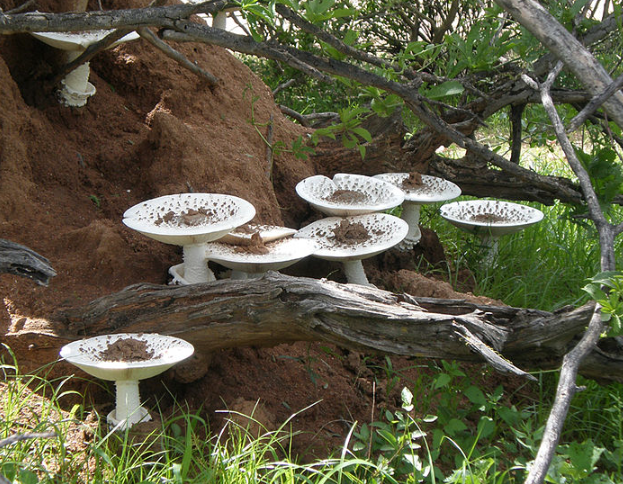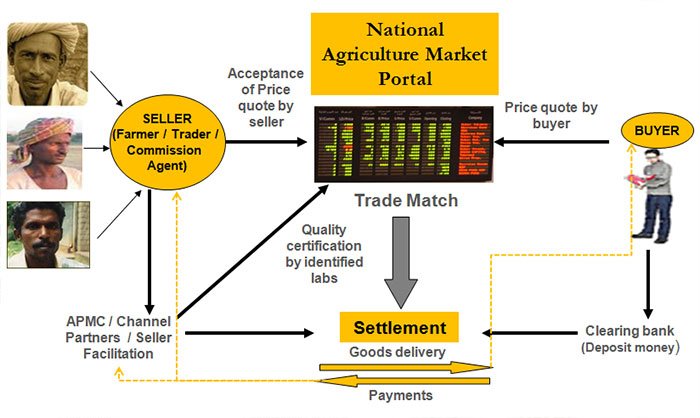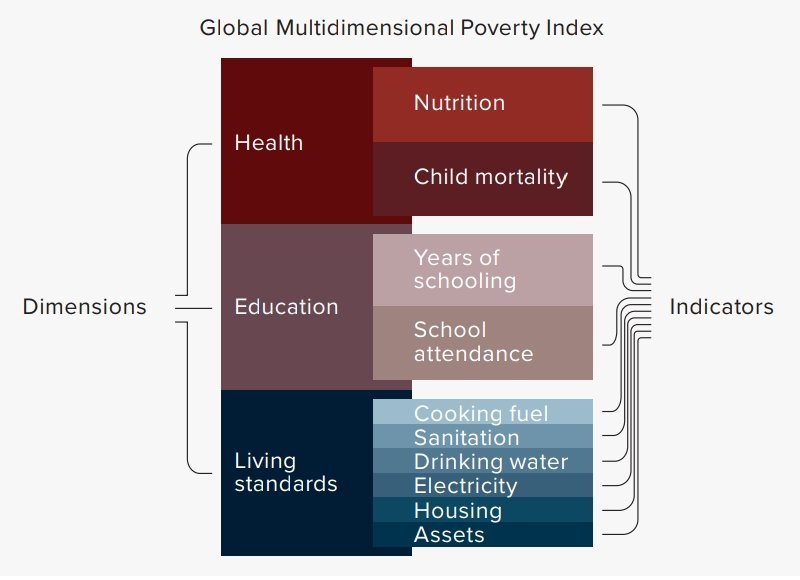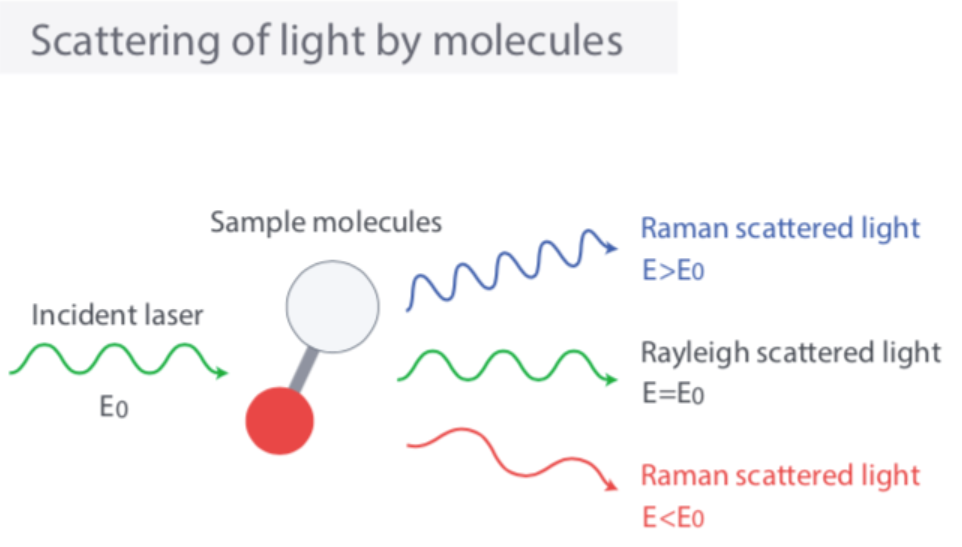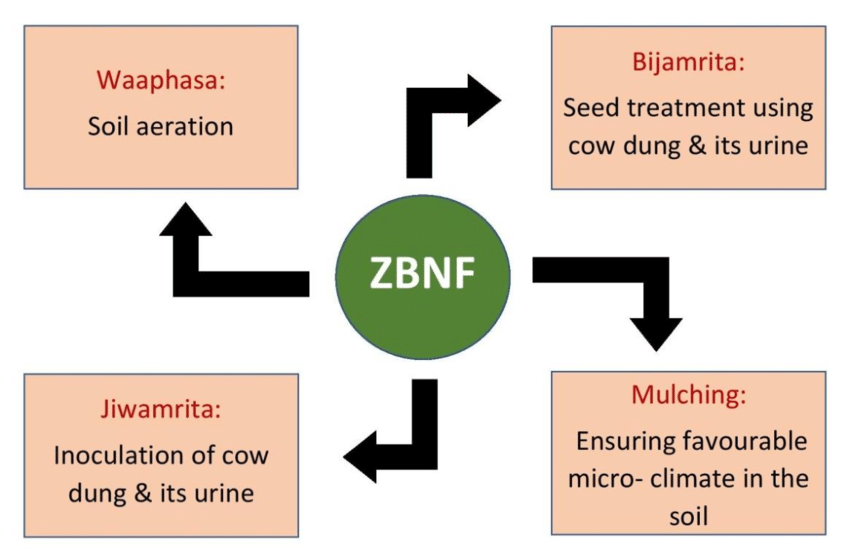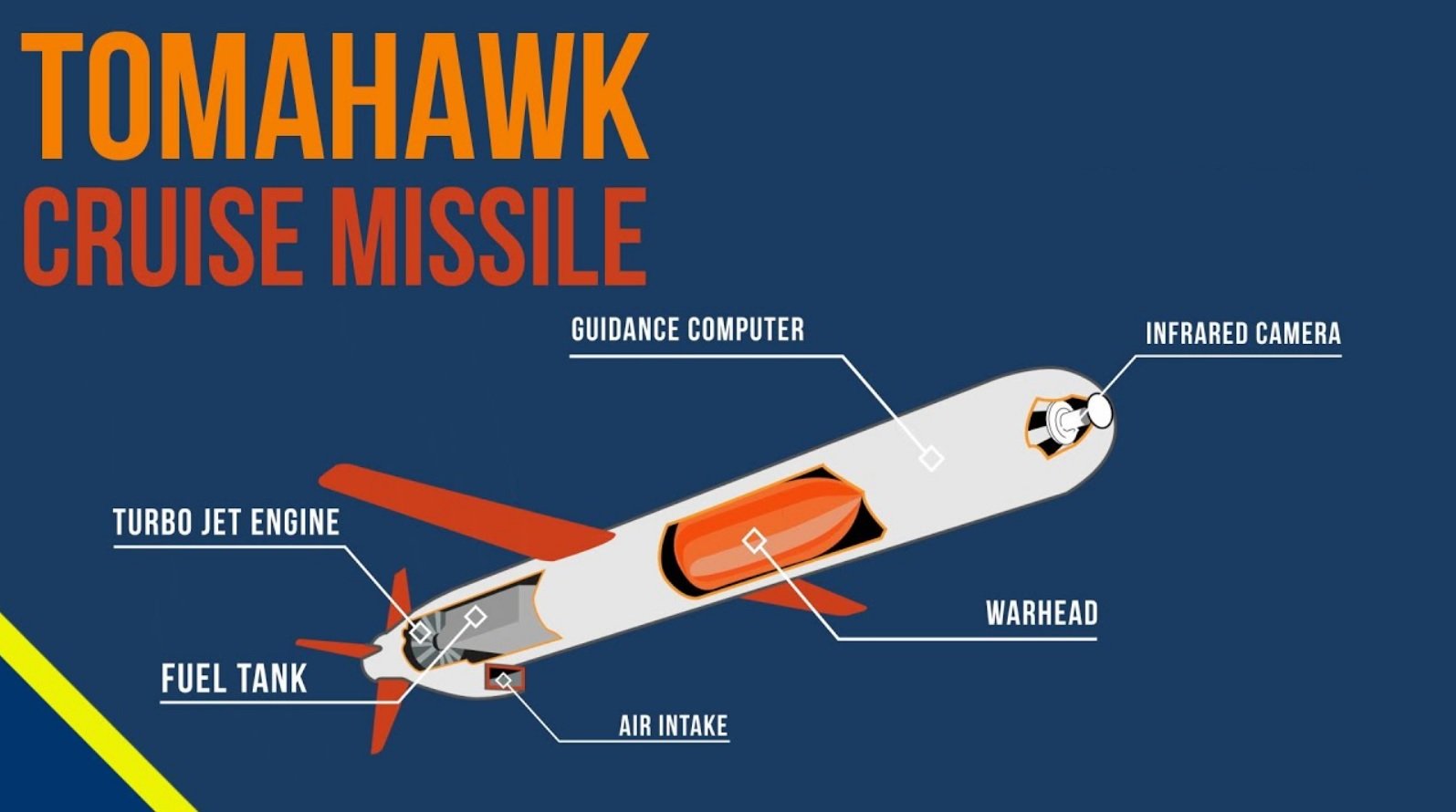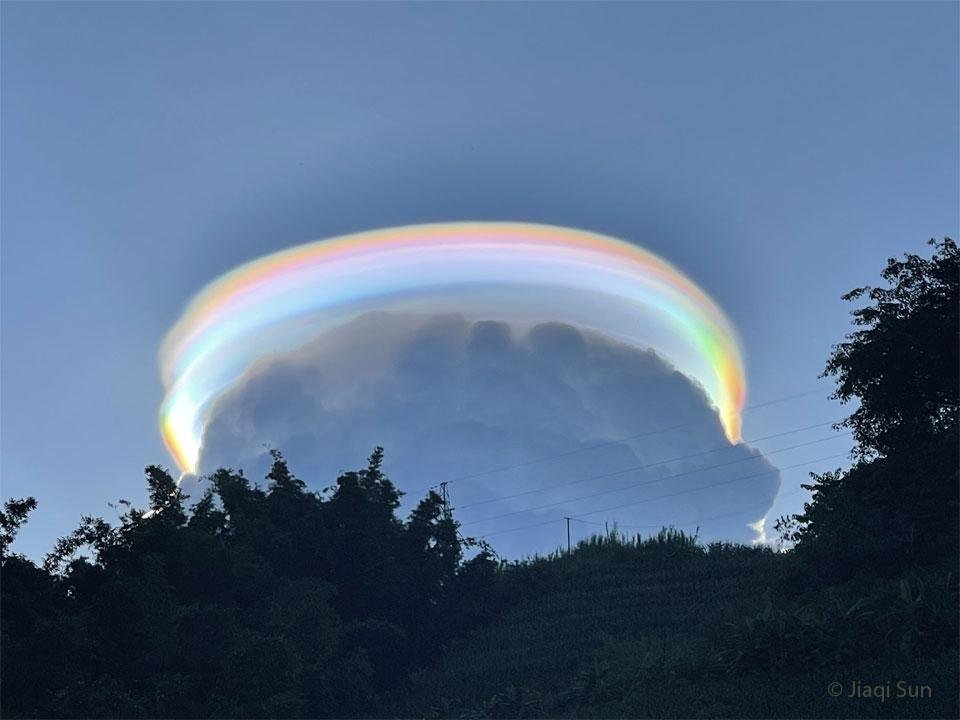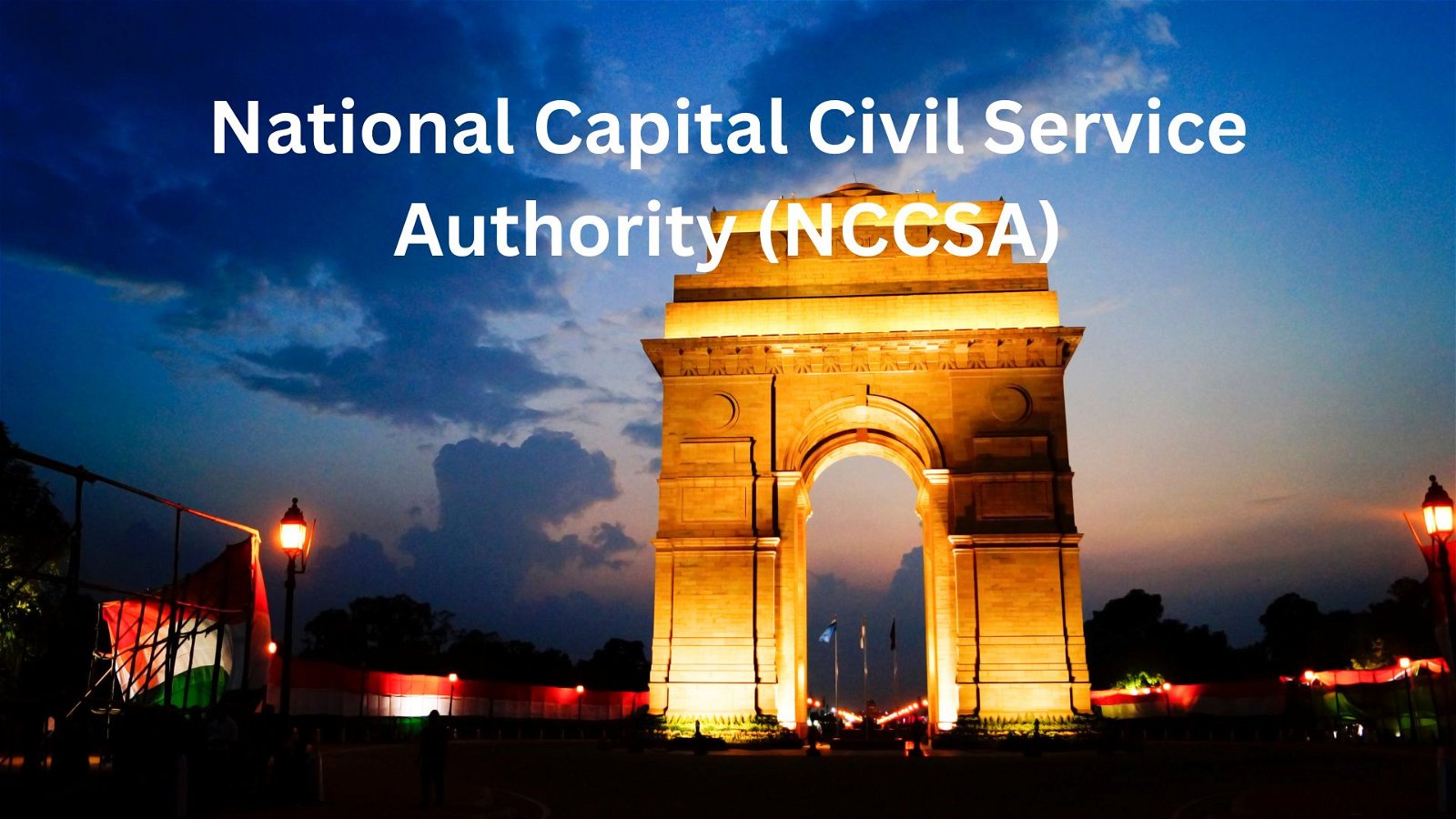
Current Affairs February 25-26, 2024: International Solar Alliance, Third-Party Application Provider, MSP Vs FRP, Household Consumption Expenditure Survey, Income Tax rules for political parties, Island On The Air (IOTA) Programme, Purple Frog, Sudarshan Setu, Bharat Tex 2024
Subscribers of "Current Affairs" course can Download Daily Current Affairs in PDF/DOC
Subscribe to Never Miss an Important Update! Assured Discounts on New Products!
Must Join PMF IAS Telegram Channel & PMF IAS History Telegram Channel
{GS2 – IR – Groupings} International Solar Alliance
- Context (ET): Malta becomes 119th member of International Solar Alliance (ISA).
- ISA is a treaty-based international organization of solar resource rich countries (Suryaputras), lying fully or partially between the Tropic of Cancer and the Tropic of Capricorn.
- The ISA is the brainchild of India and France “to mobilise efforts against climate change through the deployment of solar energy solutions”.
- It was launched at the 21st Conference of Parties (COP21) to the United Nations Framework Convention on Climate Change (UNFCCC) held in Paris, in 2015.
- Vision: Let us together make the sun brighter.
- Mission: Every home no matter how far away, will have a light at home.
- The ISA is guided by its ‘Towards 1000’ strategy, which aims:
- To mobilize USD 1000 billion of investments in solar energy solutions by 2030.
- To deliver energy access to 1000 million people using clean energy solutions.
- To install 1000 GW of solar energy capacity.
- To mitigate global solar emissions to the tune of 1000 million tonnes of CO2 every year.
- Membership: More than 120 signatories. All UN member states are now eligible to join the ISA.
- Countries that do not fall within the Tropics can join the alliance with the exception of voting rights.
- Headquarters: National Institute for Solar Energy of India, Gurugram.
- The United Nations General Assembly granted observer status to the ISA in 2021.
Governance Structure
Assembly
- The ISA Assembly is the apex decision-making body of ISA, in which each Member Country is represented.
- It makes decisions concerning the implementation of the ISA’s Framework Agreement and coordinated actions to be taken to achieve its objectives.
- The Assembly meets annually at the ministerial level at the ISA’s seat.
- It assesses the aggregate effect of the programmes and other activities in terms of deployment of solar energy, performance, reliability, cost and scale of finance.
Steering committee
- It is responsible for providing strategic guidance to the ISA and overseeing its operations.
- The Steering Committee meets to review progress and make recommendations to the Assembly.
Projects of ISA
One Sun One World One Grid (OSOWOG)
- The idea of OSOWOG was first floated by India in 2018 during the first assembly of the International Solar Alliance (ISA).
- It is a part of ISA and is a trans-national electricity grid supplying solar power across the globe.
- Objective: Facilitating global cooperation on building a global ecosystem of interconnected renewable energy resources and building a common grid to transfer solar power.
- Vision: The Sun Never Sets
- It will help in three energy transitions:
- Switch of energy production from fossil fuel to clean energy.
- Switch of energy allocation from local balance to cross-border and global distribution.
- Switch of energy consumption from coal, oil and gas to electric-centric consumption.
- The initiative would be carried out in three phases:
- Phase 1: Interconnect the grids of the Middle East, South Asia, and Southeast Asia.
- Phase 2: Connect the Asian grid with the African grid.
- Phase 3: Create a global grid.
Indian Technical and Economic Cooperation (ITEC) Scheme
- Through the scheme, India has been supporting the ISA by providing training to master trainers in the field of solar energy.
- The duration of the training is 21 days and all costs are borne by the GoI.
Solar Technology Application Resource Centre (STAR C) Initiative
- It is capacity-building & institutional strengthening initiative in developing Member Countries.
- It aims to cultivate the desired human capacity and skills among a Member Country’s populace to encourage energy transition activities, creating jobs & contributing to country’s economic growth.
- STAR Centres act as hubs of technology, knowledge, and expertise on solar energy and are a go-to place for a Member Country at the regional or country levels.
- They act as an interface between countries sharing solar energy development experiences, undertaking joint research, promoting development & demonstration, capacity building, and creating regional & global networks.
ISA Solar Fellowship for Mid-career Professionals
- Objective: To contribute towards the long-term development needs of member countries, through the creation of a skilled and qualified professional manpower for management of solar energy projects, programmes and policies.
- Under this scheme, fellowships in the field of solar energy management will be offered to mid-career professionals from ISA countries for pursuing a master’s degree in renewable energy management and economics.
{GS2 – MoSPI – Initiatives} Household Consumption Expenditure Survey
- Context (PIB | TH | IE): Percapita Monthly Household Consumption Expenditure (MHCE) more than doubled during 2011-12 to 2022-23. The HCE survey is released after a gap of 11 years.
- The findings of the last Survey, conducted in 2017-18, soon after the demonetisation and the implementation of the GST, were never released after the government cited data quality issues.
- The data will play a key role in reviewing critical economic indicators, including the Gross Domestic Product (GDP), poverty levels, and Consumer Price Inflation (CPI).
- Also, it gives policymakers and experts an assessment of the income and expenditure levels of households and how and where they are spending their money.
Household Consumption Expenditure Survey (HCES)
- Conducted by: National Sample Survey Office (NSSO), Ministry of Statistics and Programme Implementation.
- Period: Conducted every five years (quinquennial).
- Purpose: It collects information on the consumption spending patterns of households across the country, both urban and rural.
- Data Focus: The data gathered in this exercise reveals the average expenditure on goods (food and non-food) and services.
|
Key Findings
Average Monthly Spending
- Urban households in India saw a 33.5% rise in average monthly per capita consumption expenditure (MPCE) since 2011-12, reaching ₹3,510.
- Rural India experienced a 40.42% increase in MPCE to ₹2,008 during the same period.
Expenditure on food
- The share of expenditure on food has gradually declined for both urban and rural households.
- However, it is for the first time that expenditure on food has fallen to less than 50 per cent of the total consumption expenditure in rural India and less than 40 per cent in urban India.
Non-Food Expenditure
- Consumption expenditure on non-food items increased, driven by higher spending on conveyance, consumer services, and durable goods in 2022-23 compared to 2011-12.
- Share of expenditure on cereals, pulses, and vegetables moderated.
Rural-Urban Disparities
- The gap in average MPCE between rural and urban households narrowed to 71.2% in 2022-23 from 83.9% in 2011-12, indicating higher growth in rural spending.
Income Disparities
- The bottom 5% of the rural population has an average MPCE of ₹1,373, while for the urban population, it is ₹2,001.
- The top 5% of the rural and urban population has an average MPCE of ₹10,501 and ₹20,824, respectively.
State-wise Variances
- Sikkim has the highest MPCE in both rural (₹7,731) and urban areas (₹12,105).
- Chhattisgarh has the lowest MPCE, with ₹2,466 for rural households and ₹4,483 for urban households.
{GS2 – Polity – IC – Political Parties} Income Tax rules for political parties
- Context (IE): Congress alleges I-T Dept withdrew 65cr from its accounts. Congress treasurer alleged that political parties do not normally pay income tax and that the central government was targeting the Congress.
Are political parties required to pay income tax?
- The Income Tax Act of 1961 exempts political parties registered by the Election Commission under the Representation of the People Act, 1951 from paying income tax, with some conditions.
- Section 13-A: Any income a political party receives from voluntary contributions or any interest, dividend, or rent from its assets is not included in the party’s total income for taxation. The exemption is valid if the party fulfils the following conditions.
- Maintains a record of all contributions above Rs. 20,000 each.
- Its accounts are audited by an accountant.
- Does not accept any donation above Rs. 2,000 each in cash.
- Submits a declaration of its donations to the Election Commission before the due date of filing Income Tax returns.
- Section 139 (4B) Political parties must file returns if their total income, before considering exemptions under Section 13A, exceeds the income tax exemption limit.
{GS3 – Agri – MSP} FRP vs MSP
- Context (IE): Protesting farmers have repeatedly called for an increase in the Minimum Support Price (MSP). Let us understand the differences between the two price support mechanisms (MSP vs Fair and Remunerative Price (FRP)).
MSP vs FRP
| Features | MSP (Minimum Support Price) | FRP (Fair and Remunerative Price) |
| Who determines it? |
|
|
| Purchased by? | Government |
Sugar Mills |
| Crops Covered | 22 crops + Sugarcane. | Specifically for sugarcane. Sugarcane has both FRP and Minimum Selling Price. |
| Payment Guarantee | The government commits to buying the crop at MSP if market prices fall below it. No Legal guarantee. | Legal obligation for sugar mills to pay FRP to sugarcane farmers.
Backed by: Sugarcane Control Order (1966). |
| Basis of calculation? |
|
|
| Penalties for Non-Payment | No specific penalties were mentioned. | Cane commissioners can take action, including attachment of mill properties as arrears of land revenue if FRP dues are not cleared within 14 days of the sale. |
|
||
Why does sugarcane have both the FRP and Minimum Selling Price?
- FRP is to support Farmers: Since sugarcane has a very short shelf life, the responsibility of procurement of cane is on the sugar mills that are mandatorily expected to pay the FRP on purchase upfront.
- Minimum selling price is to support sugar mills: The absence of shelf life prompts them to sell their produce at any price prevailing in the cane-crushing season, irrespective of demand and supply forces.
Persisting Issue
|
{GS3 – IE – Banking} Third-Party Application Provider
- Context (IE): The RBI has requested the National Payment Council of India (NPCI) to review Paytm’s request to be a Third-Party Application Provider (TPAP).
- A TPAP approval is mandatory to provide UPI-based payment transactions to customers.
- Currently, all UPI transactions on the Paytm app are being routed through Paytm Payments Bank (PPBL), an associate company of OCL, which is registered as TPAP.
- As the RBI has asked the PPBL to shut its operations by March 15, 2024, there will be no TPAP registration for the Paytm app to be able to provide UPI payment services.
What is a TPAP?
- A TPAP, is a company that offers UPI-compliant apps to users, enabling UPI-based payment transactions.
- These apps include mobile wallets, merchant apps, or other platforms that use UPI for payments.
- TPAPs leverage the UPI infrastructure provided by NPCI and work with payment service providers (PSPs) and banks to facilitate transactions.
- They are responsible for ensuring that their applications adhere to security standards and compliance guidelines set by NPCI.
- Currently, there are 22 NPCI-approved 3rd party Unified Payments Interface (UPI) apps that can be used to send and receive money from other UPI users by using UPI IDs.
- They include Amazon Pay, Google Pay, Groww, Jupiter Money, Mobikwik, Phonepe, Samsung Pay, TataNeu and Whatsapp.
{GS3 – IE – Budget} Reduced Budget for Higher Education
- Context (TH): The Interim Budget has cut funding for higher education by 16.8%, putting more financial strain on both colleges and students.
- However, the Union Ministry of Education claimed that the school education budget has increased by 19.5%.
Issues/Challenges
- The drastic cut in the UGC fund has reduced it to merely a regulatory agency.
- It will further encourage universities to start more self-financing courses, which will be an additional burden on students.
- It will also make universities more dependent on loans from Higher Education Financing Agency (HEFA).
- The burden of the marginalised will worsen as their Gross Enrolment Ratio (GER) is much lower than the national average of 27.3%.
- Women, Scheduled Castes, and Scheduled Tribes have GERs of 24.9%, 23.1%, and 18.9%, respectively, according to the All-India Survey on Higher Education 2020-21.
- It will also significantly impact Gross Enrolment Ratio in higher education.
- India’s GER at the higher education level trails significantly behind the global average of 38%, marking it the lowest among BRICS nations.
- 8.3% of the total school education budget is dedicated exclusively to a mere 0.7% of schools, leading to a substantial decrease in the overall budget for existing schools.
- ₹6,050 crore has been allocated to upgrade 6,448 PM-Schools for Rising India (PM-SHRI).
- ₹6,399 crore has been earmarked for the construction of new Eklavya Model Residential Schools (EMRS).
|
{GS3 – Infra – Initiatives} India’s Largest Solar-Battery Project
- Context (PIB): The Solar Energy Corporation of India Limited (SECI), has successfully commissioned India’s largest Battery Energy Storage System (BESS) in Chhattisgarh.
- The project has been constructed with funding from the World Bank and Clean Technology Fund under Innovation in Solar Power & Hybrid Technologies Project as well as leveraged financing from domestic lending agencies.
- The project utilizes battery storage for storing solar energy when the sun is shining and using it later during hours of peak demand in the evening, for meeting the electricity demand in the state.
- The project leverages bifacial solar panels, which not only capture direct sunlight but also utilize reflected light from the ground resulting in higher electricity generation compared to traditional monofacial modules.
- Significance: The project is estimated to save tonnes of carbon dioxide emissions annually.
{GS3 – S&T – AI} Hanooman, the Indic AI Model
- Context (IE): BharatGPT group unveils ‘Hanooman’, the Indic AI model.
- Hanooman is a series of large language models (LLMs) that can respond in 11 Indian languages like Hindi, Tamil, and Marathi.
- It is a multimodal AI tool, which can generate text, speech, videos and more in multiple Indian languages.
- Developed by the BharatGPT group backed by Reliance Industries Ltd and the Department of Science and Technology, in collaboration with Seetha Mahalaxmi Healthcare (SML).
- Hanooman has been designed to work in 4 fields, including healthcare, governance, financial services, and education.
- One of the first customised versions is VizzhyGPT, an AI model fine-tuned for healthcare using reams of medical data.
BharatGPT
|
What are LLMs?
- Large Language Models (LLMs) are powerful AI models designed to process and generate human-like language.
- These models have an extensive number of parameters, enabling them to understand context, grammar, and semantics in text.
- They are widely used for tasks such as natural language understanding, translation, text generation, and sentiment analysis.
{GS3 – S&T – Tech} Island On The Air (IOTA) Programme
- Context (PIB): Amateur Radio operators have demonstrated expertise during the Island On The Air (IOTA) expedition.
- Operating from Nachugunta Island, AP, and the team set up 5 Amateur High Frequency stations and Amateur Satellite station using self-designed and locally developed communication equipment.
Islands On The Air (IOTA)
- It is a pioneering programme that connects radio amateurs worldwide with stations on islands.
- It was established in 1964.
- It is administered by Islands On The Air (IOTA) Ltd (IOTA Management) in partnership with the Radio Society of Great Britain (RSGB).
- Objective: To activate and communicate from rare and remote islands around the world.
Amateur radio
- Also known as HAM radio, is a two-way radio communication service that uses radio frequency spectrum for purposes of non-commercial exchange of messages, wireless experimentation, self-training, private recreation, radiosport, etc.
- The amateur radio service (amateur service and amateur-satellite service) is established by the International Telecommunication Union (ITU) through the Radio Regulations.
- National governments regulate technical and operational characteristics of transmissions.
- Radio amateurs are limited to a small set of frequency bands, the amateur radio bands, allocated throughout the radio spectrum.
- Within these bands are allowed to transmit on any frequency using a variety of voice, text, image, and data communications modes.
- Amateur radio is officially represented and coordinated by the International Amateur Radio Union (IARU).
|
|
{Prelims – Envi – Species} Purple Frog (Nasikabatrachus sahyadrensis)
- Context (TH): Tamil Nadu established a special fund to save Purple Frog in the Western Ghats.
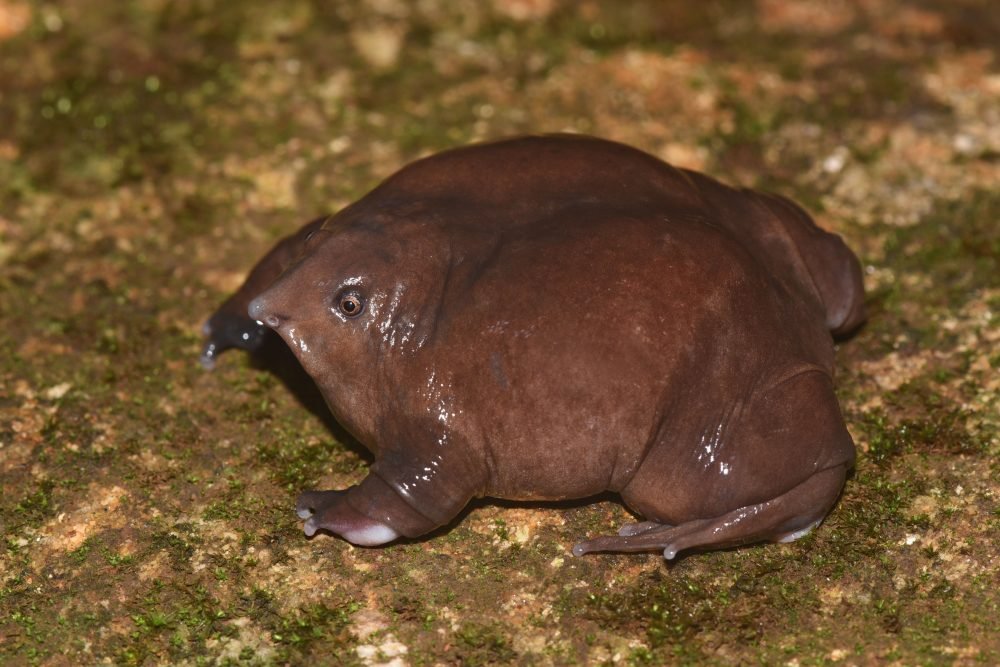
- The Purple Frog is believed to be a ‘living fossil’ having co-existed with dinosaurs.
- It has similarities to the Sooglossidae family of frogs in Seychelles.
- It has been acknowledged by bio-geographers all over the world as one of the rarest kinds and a ‘once in a century find’.
- The frog spends most of its life underground and surfaces only during the monsoon, for a period of two weeks, for mating.
- Physical description: The purple frog has a bloated body with short stout limbs and is dark purple to greyish in colour.
- It has a small head in comparison to the body length, and an unusually pointed snout.
- Unlike other frogs, it has very short hind legs, which does not allow it to leap from one spot to another.
- Habitat: It prefers loose, damp and well-aerated soil close to ponds and ditches or streams.
- Range: It is endemic to select habitats in the Western Ghats in Kerala and Tamil Nadu.
- Conservation Status: IUCN: Near Threatened | WPA: Schedule I
- It ranked four on the ‘EDGE (Evolutionarily Distinct and Globally Endangered) of Existence’ priority amphibians list collated by the Zoological Society of London.
- Threats: Clearance of forest for coffee, cardamom and ginger plantations, consumption of its tadpoles, climate change, etc.
|
{Prelims – Festivals} Attukal Pongal
- Context (TH): Celebrations of Attukal Pongal begins in Thiruvananthapuram.
- Attukal Pongal, dubbed the ‘Women’s Sabarimala’, is a ten-day festival celebrated in the Malayalam month of Kumbham.
- Pongala, which means ‘to boil over’, is the ritual in which women prepare sweet payasam (a pudding made from rice, jaggery, coconut and plantains cooked together) and offer it to the Goddess or ‘Bhagavathy’.
- Organized in Attukal Devi’s temple in Trivandrum, the event is bedecked for the world’s largest annual gathering of women.
- The festival has made its entry into The Guinness Book of World Records for the largest congregation of women at any single place.
{Prelims – In News} Basohli, the Aroma Startup Hub
- Context (PIB): Basohli of J&K to become Heritage Town and Aroma Startup Hub.
- It is situated on the right bank of River Ravi at an altitude of 1876 ft, in the uneven lofty hills of Shiwaliks.
| A Heritage Town is a place that holds significant historical, cultural, and architectural value. |
- It was known for the palaces which are now in ruins and miniatures paintings (Basohli school of Pahari painting).
Basohli Paintings
|
Aroma Mission
- Popularly referred as “Lavender or Purple Revolution“, has started from J&K.
- To promote the cultivation of aromatic crops for essential oils that are in great demand by the aroma industry.
- To enable Indian farmers and the aroma industry to become global leaders in the production and export of some other essential oils on the pattern of menthol mint.
- Nodal Agency: CSIR-Central Institute of Medicinal and Aromatic Plants (CSIR-CIMAP), Lucknow.
- Coverage: Provides assured benefits to the growers of Vidarbha, Bundelkhand, Gujarat, Marathwada, Rajasthan, Andhra Pradesh, Odisha and other states where farmers are exposed to frequent episodes of weather extremes and account for maximum suicides.
- Aromatic Plants include lavender, damask rose, mushk bala, etc.
- It focuses on:
- setting up of cooperatives for marketing,
- promotion of cultivation and processing of high value medicinal and aromatic plants (MAPs),
- development of superior varieties and their agro technologies,
- setting up of distillation units and processing facilities,
- skill and entrepreneurship development,
- value-addition and product development from MAPs.
{Prelims – In News} Bharat Tex 2024
- Context (PIB): PM inaugurated Bharat Tex 2024 showcasing India’s exquisite craftsmanship in the textile sector.
- Bharat Tex 2024 is one of the largest-ever global textile events organized in India.
- It aims to showcase India’s textile sector and reaffirm its position as a global textile powerhouse.
- Organized by a consortium of 11 Textile Export Promotion Councils.
- Supported by the Ministry of Textiles.
- Built on the PM Modi’s 5F Vision (farm to foreign via fibre, fabric, and fashion).
- It provides a platform for knowledge exchange, information dissemination, and Government to Government and Business to Business interactions.
- The PM spoke on the Kasturi Cotton (India’s 1st ever Cotton Brand & Logo), Samarth Scheme and government’s expansive plans to create seven PM MITRA Parks in various states.
Samarth Scheme
|
{Prelims – In News} Sudarshan Setu
- Sudarsan Setu, also known as Signature Bridge, will link mainland Gujarat with Bet Dwarka island off the Okha coast in Devbhumi Dwarka.
- It connects the Okha town of Devbhumi Dwarka district of mainland Gujarat to Bet Dwarka, an island around 3 km off Okha
- Built at the cost of ₹978 crore, as part of National Highway 51, the four-lane cable-stayed bridge is 2.5 km long.
- It holds the distinction of being India’s longest cable-stayed bridge, with solar panels installed on the upper portions of the footpath, generating one megawatt of electricity.
- It features a footpath adorned with verses from the Bhagavad Gita and images of Lord Krishna on both sides.
|
{Prelims – PIN World – Europe} Dnieper River
- Context (DTE): Russia has turned the Dnieper river into a major weapon of war.

- The Dnieper River, also known as Dnipro or Dniapro, is the fourth longest river in Europe after the Volga, Danube, and Ural.
- It rises in the Valdai Hills near Smolensk, Russia, before flowing through Belarus and Ukraine to the Black Sea.
- It is the longest river of Ukraine and Belarus.
- The capital of Ukraine, i.e. Kyiv (Kiev) is located along its banks.





![PMF IAS Environment for UPSC 2022-23 [paperback] PMF IAS [Nov 30, 2021]…](https://pmfias.b-cdn.net/wp-content/uploads/2024/04/pmfiasenvironmentforupsc2022-23paperbackpmfiasnov302021.jpg)


